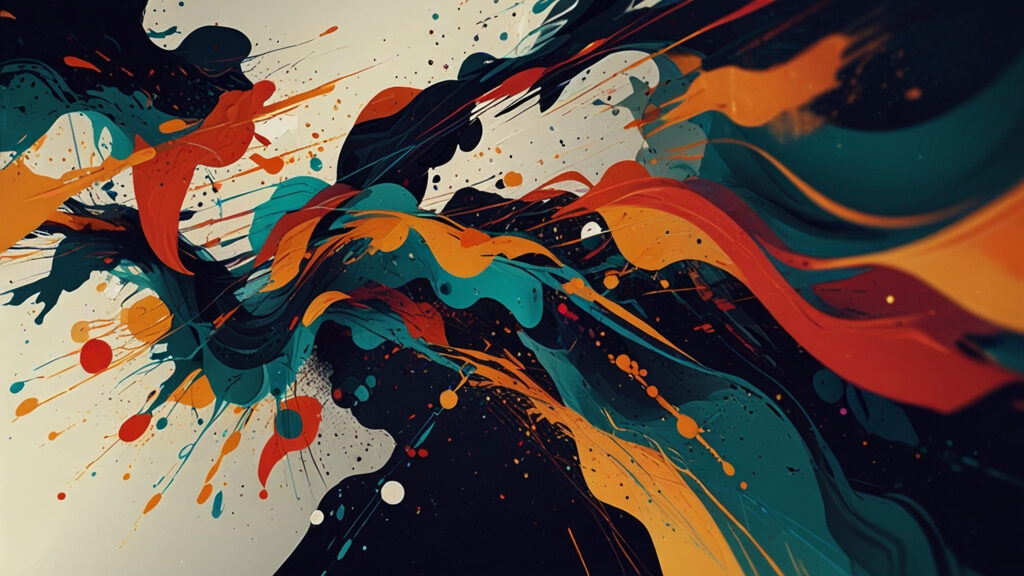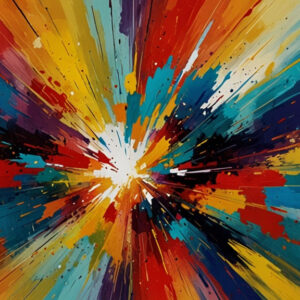Description
What is 3D Model Art?
3D model art refers to the process of creating three-dimensional representations of objects using specialized software. These models can be used for various purposes, including gaming, animation, virtual reality, and e-commerce. In the context of accessory stores, 3D models can showcase products in a more engaging and interactive manner.
Importance of 3D Models in E-commerce
In e-commerce, visuals play a critical role in influencing consumer behavior. High-quality images can enhance the shopping experience, but 3D models take it a step further. They allow customers to:
- Visualize Products Better: Shoppers can view products from multiple angles and perspectives, giving them a clearer understanding of the item.
- Experience Interactivity: Customers can rotate, zoom in, and explore the details of the accessories, making the shopping experience more immersive.
- Make Informed Decisions: With a better view of the product, customers are more likely to feel confident in their purchasing decisions, reducing the likelihood of returns.
Benefits of Customized 3D Model Art for Accessory Stores
1. Enhanced Customer Engagement
Customized 3D models create a more engaging shopping experience. When customers can interact with a product virtually, they are more likely to spend time on the website, leading to higher conversion rates.
2. Unique Brand Identity
In a saturated market, establishing a unique brand identity is crucial. Customized 3D models can reflect the brand’s personality and style, helping stores stand out and attract their target audience.
3. Cost-Effective Marketing
3D models can be used across various marketing channels, from websites to social media platforms. This versatility allows accessory stores to promote their products more efficiently and cost-effectively.
4. Improved Customer Confidence
When customers can see and interact with a product in 3D, they are more likely to feel confident in their purchase. This confidence can lead to increased customer satisfaction and loyalty.
5. Time-Saving for Customers
Customized 3D models can help customers make quicker decisions by providing all the necessary information at a glance. This efficiency can enhance the overall shopping experience.
The Process of Creating Customized 3D Models
Step 1: Consultation
The first step in creating customized 3D models is to understand the client’s needs. Accessory stores should provide detailed information about their products, including dimensions, materials, and design preferences.
Step 2: Design Conceptualization
Once the consultation is complete, the design team will begin conceptualizing the 3D models. This process involves sketching ideas and selecting the appropriate software tools for the project.
Step 3: Model Creation
Using 3D modeling software, artists will create the digital representation of the accessories. This process includes:
- Sculpting: The artist creates the basic shape of the accessory, paying attention to proportions and details.
- Texturing: After sculpting, the model is textured to give it a realistic appearance. This step involves adding colors, patterns, and material effects.
- Lighting and Rendering: To enhance the visual appeal, proper lighting is applied to the model, and rendering creates the final images or animations.
Step 4: Client Review and Feedback
Once the initial models are complete, they are presented to the client for review. Feedback is crucial at this stage, as it allows for adjustments and refinements to ensure the final product meets the client’s expectations.
Step 5: Final Delivery
After incorporating the client’s feedback, the final 3D models are delivered in various formats suitable for online use. This may include interactive formats for websites or high-resolution images for marketing materials.
Tools and Technologies for 3D Model Creation
To create high-quality 3D models, various tools and technologies are used. Here are some of the most popular software options:
- Blender: An open-source 3D creation suite, Blender is popular for modeling, animation, and rendering. Its flexibility makes it suitable for creating intricate accessory designs.
- Autodesk Maya: Widely used in the film and gaming industries, Maya is a powerful 3D modeling software that offers advanced features for creating realistic models.
- Cinema 4D: Known for its intuitive interface, Cinema 4D is favored by designers for creating motion graphics and detailed 3D models.
- Tinkercad: For simpler designs, Tinkercad is a user-friendly online tool that allows users to create 3D models with ease, making it suitable for beginners.
- 3ds Max: This software is widely used for architectural visualization and product design, making it a popular choice for creating detailed accessory models.
Best Practices for Implementing 3D Models in E-commerce
To successfully implement 3D models in an accessory store’s online presence, consider the following best practices:
1. Optimize for Performance
3D models can be resource-intensive. Ensure that the website is optimized for performance to provide a smooth experience for users, even on mobile devices.
2. Use Interactive Elements
Incorporating interactive elements, such as rotation and zoom features, enhances the user experience and allows customers to explore products in detail.
3. Provide Contextual Information
Alongside 3D models, include contextual information about the products, such as dimensions, materials, and care instructions, to help customers make informed decisions.
4. Leverage Social Media
Promote the 3D models on social media platforms to reach a wider audience. Engaging content, such as videos showcasing the models, can attract potential customers.
5. Monitor and Analyze
Track customer interactions with the 3D models to understand how they influence purchasing decisions. Use analytics to make data-driven adjustments to the online experience.
Case Studies: Successful Implementation of 3D Models in Accessory Stores
Case Study 1: Jewelry Store
A jewelry store that implemented customized 3D models saw a significant increase in customer engagement. By allowing customers to rotate and zoom in on intricate designs, the store enhanced the online shopping experience. As a result, conversion rates improved by 25%, and customer feedback highlighted the value of being able to see the details of each piece.
Case Study 2: Handbag Retailer
A handbag retailer utilized 3D models to showcase their latest collection. By creating interactive models that displayed the bags from various angles, the retailer attracted a younger demographic. Social media campaigns featuring 3D models led to a 30% increase in website traffic, and the store gained a reputation for innovation in the accessory market.
Challenges and Solutions in 3D Model Creation
While the benefits of customized 3D model art creation are clear, there are challenges that accessory stores may encounter:
Challenge 1: High Initial Costs
Creating customized 3D models can be costly, especially for small businesses. To mitigate this, stores can start with a few key products and gradually expand their 3D offerings as sales increase.
Challenge 2: Technical Expertise
Not all accessory stores have the technical expertise to create 3D models in-house. Partnering with a specialized service provider can help stores access the necessary skills without hiring full-time staff.
Challenge 3: Integration with E-commerce Platforms
Integrating 3D models into existing e-commerce platforms may require additional technical support. Working with developers familiar with the chosen platform can streamline the process.
The Future of 3D Model Art Creation in E-commerce
As technology continues to advance, the future of 3D model art creation in e-commerce looks promising. Emerging trends include:
- Augmented Reality (AR): Integrating AR technology allows customers to visualize accessories in their own space, enhancing the shopping experience.
- Artificial Intelligence (AI): AI can streamline the design process by generating models based on customer preferences, making customization more efficient.
- Enhanced Interactivity: Future advancements will likely lead to even more interactive experiences, allowing customers to engage with products in new and exciting ways.
Conclusion
In conclusion, customized 3D model art creation is a powerful tool for accessory stores looking to enhance their online presence and engage customers more effectively. By investing in high-quality 3D models, stores can provide a unique shopping experience that sets them apart from competitors. As the e-commerce landscape continues to evolve, embracing innovative technologies like 3D modeling will be essential for success in the retail world.





Reviews
There are no reviews yet.